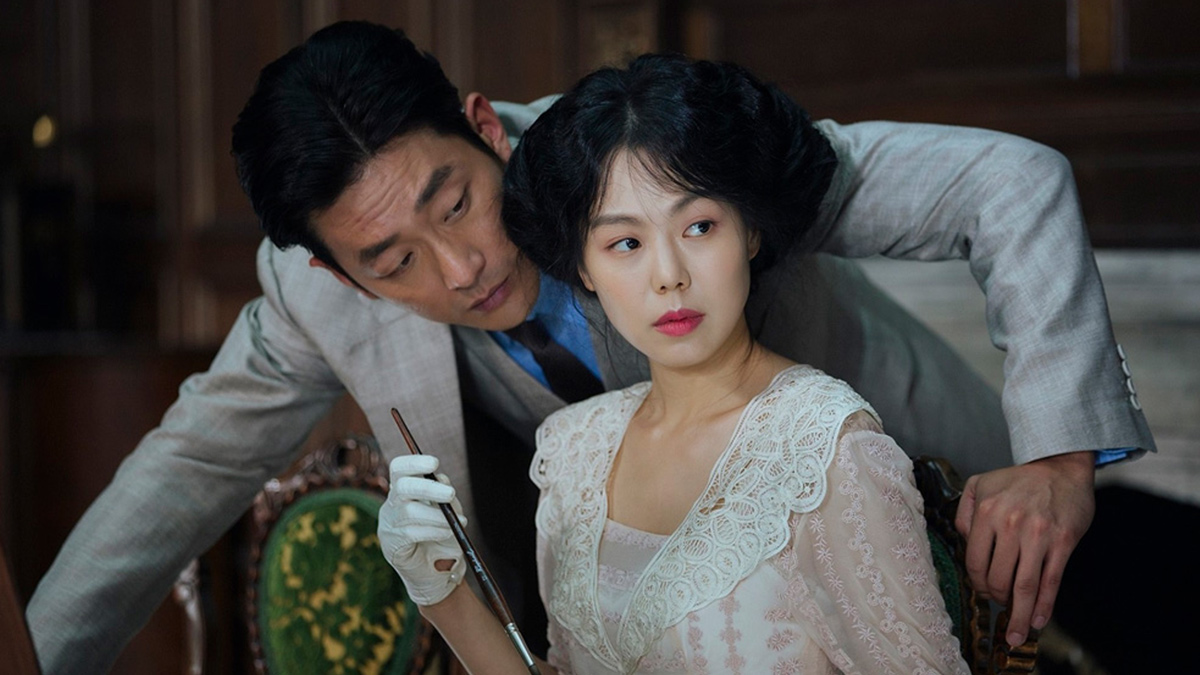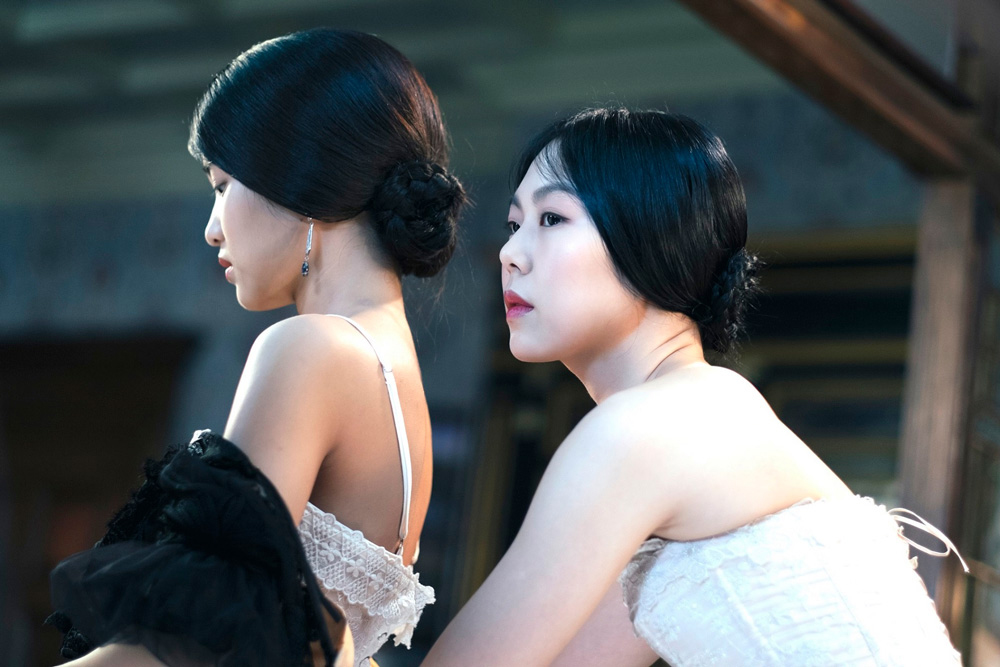
© 2016 CJ E&M CORPORATION, MOHO FILM, YONG FILM ALL RIGHTS RESERVED
“The Handmaiden” Park Chan-wook’s adaptation of the fairy tale of “Liberation” and “Empire” *Spoiler alert
2021.05.15
Something that represents the spirit of ``liberation''
The climax of the second part, in which events from childhood are told from The Handmaiden's perspective, symbolizes the spirit of ``emancipation'' that underlies ``Ojosan''. On the night Sukki and Hideko leave the mansion, Hideko enters her uncle's study after attempting suicide and tells Sukki The Truth about the reading session that was being held there. Upon hearing this, Sukki gave in to her anger, chopped up the books with a razor, smeared them with ink, and sank them into a pond under the tatami. Literally, it means destroying what was suppressing Hideko. In her heart, Hideko calls Sukki, ``The savior who came to destroy my life.''
In `` Thorn's Castle ,'' this scene of destroying his uncle's books is not depicted so dramatically. On the night she leaves the mansion, Maud, a young lady, cuts up her uncle's book with a razor, but only a few lines are recorded. Another big difference is that it's not the maid Sue, or even the two of them working together, who destroys the books, but Maud alone.
However, Chan-wook clearly saw this scene as the key to the entire story. Using the same example of the scene where two people leave the mansion, Chan-wook explains the purpose behind the change: ``It takes two people to destroy it instead of one person.'' The key point is the scene where Hideko asks Sukki to build a foothold and climbs over the wall that separates the mansion from the outside world, on the way to the boat where the "Earl" is waiting.
“When the women climbed over the rock wall, they realized how low the wall was. If Hideko had wanted to go over the wall, she could have climbed over it at any time. The trauma didn't allow her to do that. Then Sukki appeared, and Hideko was able to know love. And she gained the courage to cross the wall for freedom."

“The Handmaiden” © 2016 CJ E&M CORPORATION, MOHO FILM, YONG FILM ALL RIGHTS RESERVED
Freed from the oppression of the Kozuki family and by extension her uncle, Hideko protects herself with courage in other scenes as well. On her first wedding night with the "Earl," Hideko lays out her futon and goes to bed, but she never entrusts her body to the man. What they do there is masturbate, cut their own palms to draw blood, and stain the futon as evidence of their first night together. This scene also differs from the original story; in ``Thorn Castle,'' it is Richard, the con artist, and not Maud, the young lady, who stains the bed on the first night with blood. Richard refuses Maud's offer out of pride and cuts his own wrist with a penknife, but the way he wriggles out of blood and pain is pathetic. However, Hideko does not allow the "Earl" any chance of intervening, and ends the first night resolutely with her own will and blood.
After everything is over, Hideko and Sukki are finally reunited and reunited in the cabin of a large passenger ship crossing the ocean. So, the two use a spherical bell that reminds Hideko of the one her uncle once used to hurt her, and the play that used to be recited in front of men as a means of enjoying pleasure as they wish. . It is for Hideko to reclaim her body and sexuality as her own, and for her to use the story that had been consumed by men's desires for their own desires and pleasures.
As a side note, Chan-wook has revealed that he took the name ``Hideko'' from the actress Hideko Takamine, who has often played ``independent women'' in director Mikio Naruse's films. That's the reason. Chan-wook calls Takamine the ``ideal woman'' in that sense.
``The Handmaiden'' is the story of Hideko, who has been controlled by her family, her uncle, and the male gaze, but with the help of Sukki she breaks free. Of course, Sukki also has the freedom she desires. Sukki, who grew up in a poor environment, wanted to make a lot of money and leave the Korean peninsula. Of course, the theme of this work is ``liberation'', and the story surrounding Sukki also has a plot in mind. In some respects, you could even say that Chan-wook's intentions are directly reflected in this.

